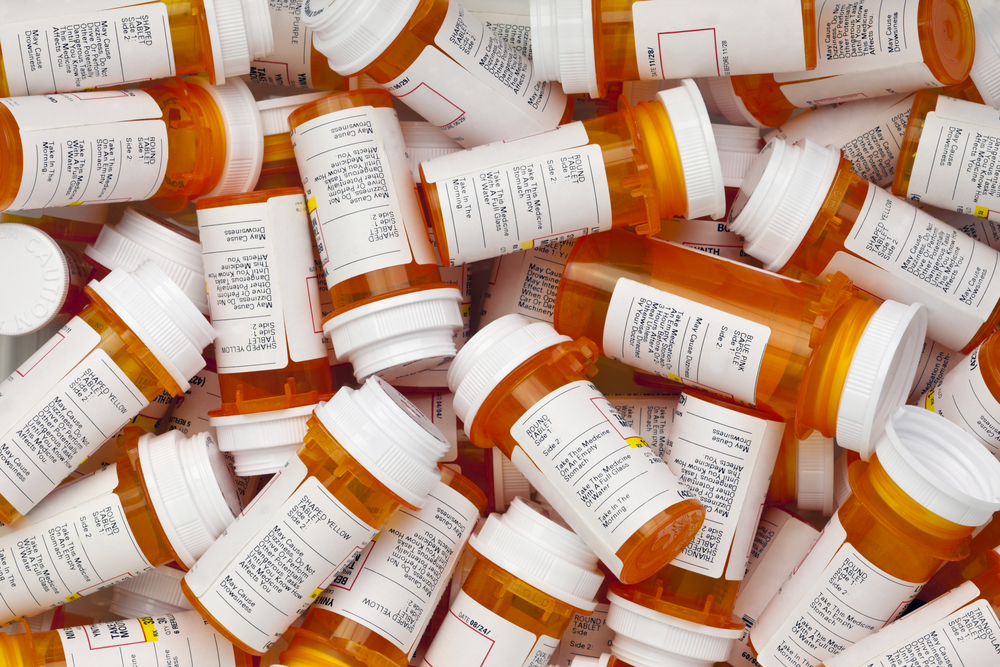Suboxone Stigma: An Informative Guide
Realizing that you have an opiate addiction and choosing to get help for it is a very courageous decision. The medication Suboxone is often utilized as the first line of defense against the addiction.
Suboxone is a mixture of two active ingredients: buprenorphine and naloxone.
Buprenorphine is an opioid partial agonist which helps relieve the symptoms of opioid withdrawal. Naloxone is an opioid antagonist which diminishes the effects of other narcotics. Because this medication is an opioid itself, there is a heavy stigma surrounding it even though there are studies proving its worth.
Why Is Suboxone so Stigmatized?
A large part of the stigma behind Suboxone has to do with miscommunication because it isn’t readily available throughout the United States. As of 2015, 53.4 percent of U.S. counties, most of them rural communities, don’t have a buprenorphine provider.
Because these areas don’t have an authoritative figure that’s familiar with Suboxone, untrue rumors spread about the usage of the medication. Those rumors then become law in certain people’s minds, including medical and healthcare professionals, even though they don’t have the proof to back up the claims.
Why Stigmatizing Medication Assisted Treatment is Harmful
Suboxone has helped many different people whose lives were torn to shreds because of opioid addiction. The stigma surrounding medication-assisted treatment can often be the barrier that stands between addiction and recovery. Some of the misconceptions of using Suboxone for opioid addiction are:
- Suboxone just substitutes one drug for another – There’s a difference between using a medication to treat disease and misusing a drug. Suboxone has been proven to be a stable, safe drug that can be utilized for a long-lasting effect if the recommendation of a doctor is followed.
- You can get high off of Suboxone just like any other drug – At the end of the day, intoxication isn’t going to occur from Suboxone if a person is already opioid dependent. You can only get intoxicated from Suboxone if you misuse it, combine it with other substances, or if it’s used to medicate heavy episodes of agonist opioid abuse. Even if a person does misuse Suboxone, it can be easily discovered through urine drug testing and pill counts.
- Using suboxone is just like giving up – Getting over an opioid addiction is a struggle that involves daily physical and mental work. Addiction isn’t just a habit or a hobby gone wrong. It’s a disease within the brain. When using Suboxone, a person’s craving for opioids is being fulfilled without receiving that euphoric high. Because the Suboxone is fulfilling that need, they’re able to focus on other aspects of therapy such as analyzing their psychological health so they can have the chance at making a full recovery.
The Truth About Suboxone
Often, the factor that keeps those with opioid addiction from the road of recovery is the effects of withdrawal. They can be debilitating to any individual. The symptoms of opioid withdrawal include severe diarrhea, insomnia, and abdominal cramping.
Just to prevent themselves from going through the effects of withdrawal, they’ll choose drugs like heroin and opioid painkillers to balance themselves out. Using Suboxone stops that vicious cycle because this medication is an opioid itself. It caters to the cravings of the individual without giving them a high.
The key to success is sticking to the doctor’s recommendation and administering the medication in a safe setting, accompanied by therapy and other methods of support. Because those with an addiction don’t have to worry about going through withdrawals, the rate of relapse lowers.
How to Handle the Stigma
Handling the stigma of Suboxone can be rough. But, there are a couple of things that you can do to manage the stigma accordingly and share accurate communication about the medication.
- Share Your Progress: The best weapon against miscommunication is proof. As you move further and further through your recovery, share aspects of your journey with the people around you. This is especially important for those who hold an unfair preconceived notion of the use of Suboxone. Educate those around you about your recovery and the things that you have learned through professionals about Suboxone.
- Ask For Help: Dealing with the stigma of using Suboxone can make you feel very alone. You may feel as though you don’t have anyone to talk to about your experience. But, there are places out there that will allow you to tell your story. Research support and 12-step groups in your area. You may be able to find one that’s specifically designed for those who have dealt with opioid addiction. If there aren’t any 12-step programs in your area, then you might be able to find an addiction support group online. Facebook has a wide variety of groups that have that same goal.
- Practice Self-Care: Constantly trying to prove that your method of recovery is beneficial is exhausting. Take time out of your day to do productive activities that’ll help improve your mental and physical state. For example, you can start a journal or read a book before bed. Put yourself first and make yourself living proof of the medication’s benefit.
Despite the heavy amount of research backing the use of Suboxone for treating opioid addiction, stigma still runs rampant around certain communities. If you believe that using Suboxone is the right choice for you, stay focused on your recovery journey.
Spread accurate information to combat the miscommunication, ask for help when you’re feeling frustrated and prioritize self-care. You deserve to live the fulfilling and healthy life that you deserve, and the path that you choose to get to that stable place is valid whether you’re using medication or not.



